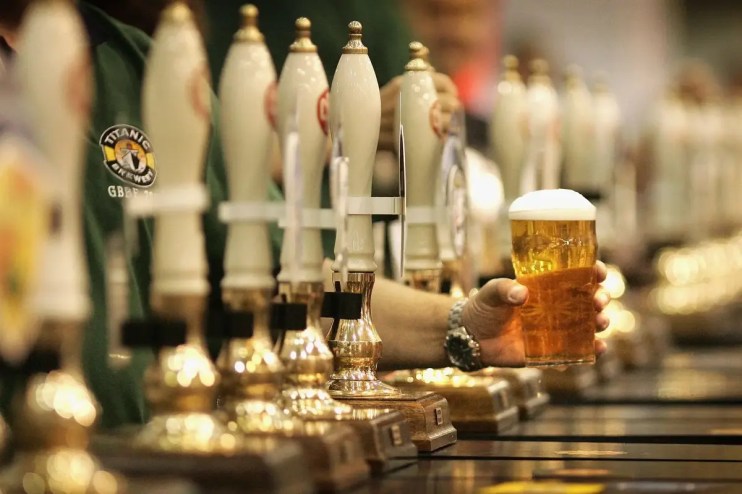Raise a glass to the City’s rich history of pubs, taverns and inns

Samuel Johnson, the great 18th century writer, poet, and lexicographer, spent much of his life on Fleet Street, in the City of London.
Dr Johnson’s house in Gough Square still stands a mere drunken stumble from pubs that the great man would have frequented, such as Ye Olde Cheshire Cheese. In Johnson’s London, Fleet Street boasted the greatest number of inns and taverns per square yard in the entire city, and there is some comfort in the fact that little seems to have changed in the 270 years since then.
Data published yesterday reveals that the Square Mile boasts a heartening 615.92 pubs per 1,000 hectares, putting it miles ahead of the UK average of a thirst-inducing 10.77.
The numbers were crunched by Free Casino Slots who also found that Westminster comes second to the City with an impressive 230 boozers by the same measure. But it’s the City that stands out, and not just for the amount of pubs on offer but for the immense well of history, tradition and culture that these institutions speak to.
Ye Olde Cheshire Cheese, where Dr Johnson was almost certainly a regular, had already stood for a century by the time the Great Fire of London destroyed it in 1666. Rebuilt within a year, its warren of rooms went on to play host to Charles Dickens and Mark Twain.
The Jamaica Wine House off Cornhill may be a newcomer (1869) but it stands on the site of the City’s first coffee house, making it a memorial in and of itself. Ye Old Watling, in the shade of St Paul’s, was rebuilt in 1668 by Sir Christopher Wren to give those working on his grand Cathedral somewhere to drink, and sleep. And they say that Queen Elizabeth the first danced around a tree in the back garden of Ye Olde Mitre off Hatton Garden.
These ancient pubs and inns now nestle alongside some of the smartest, most glamorous and expensive bars in the country, but their place in history is secure.
As Samuel Johnson said, “there is nothing which has yet been contrived by man, by which so much happiness is produced as by a good tavern.”
